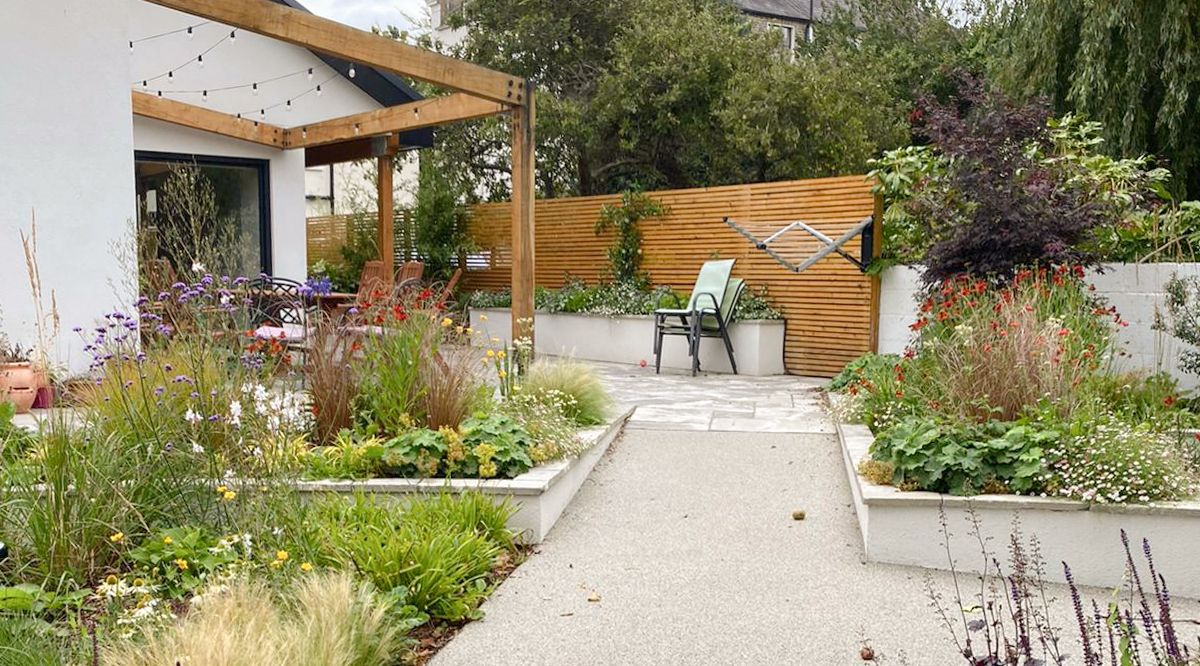How to transform a compact entrance into a functional mudroom
Or just taming the clutter at your front door...

I'm thinking about this at the moment, for my own home, so I thought it would be helpful to share some thoughts and ideas.
Creating a working mudroom from what is possibly a narrow entrance is not just about haphazardly arranging a few shelves and hooks; it's about understanding how people move through this heavily trafficked space, materials, and their particular needs.
Purposeful design:
Begin by defining the primary functions of your mini-mudroom. Is it for storing coats, shoes, or keys? Tailor your design to these specific needs.
Clever cabinetry:
Embrace vertical space with custom-built cabinetry. Incorporate shelves, drawers, and compartments to maximise storage while maintaining a clutter-free appearance.
Reflective elements:
Incorporate mirrors strategically to visually expand the space. Mirrors also bounce light, making the area brighter and more inviting.
Subdued palette:
Opt for a light colour palette to create the illusion of space. Soft, neutral tones help create an airy ambience while still allowing for personalised accents.
Seamless flooring:
Choose durable and easy-to-clean flooring materials, such as tiles, that seamlessly flow from the entryway to the adjoining areas, unifying the space. This is essential in our climate and certainly for anyone with kids or pets.
Multi-functional seating:
A bench with storage underneath serves as seating for shoe changing while offering concealed space for stashing away items like bags or dog leads
Thoughtful hooks:
Integrate hooks and pegs at varying heights to cater to different members of the household. These provide convenient hanging options for coats, hats, and bags.
Elemental lighting:
Illuminate the space with layered lighting. Combine ambient, task, and accent lighting to create depth and warmth. Pendant lights or wall sconces can be both functional and aesthetic.
Personal touches:
Infuse the space with your personal style through decorative elements like artwork, small plants, or family photos. This makes the entryway an extension of your home's character.
Open shelving:
Open shelves can be both decorative and functional. Display a curated selection of items while ensuring they're easily accessible for quick grabs on the go.
Each design element should seamlessly integrate to create a harmonious and purpose-driven mini-mudroom that enhances the daily experience of those who interact with it.
(image courtesy of: Javouret Fellat Architecture)
Articles










